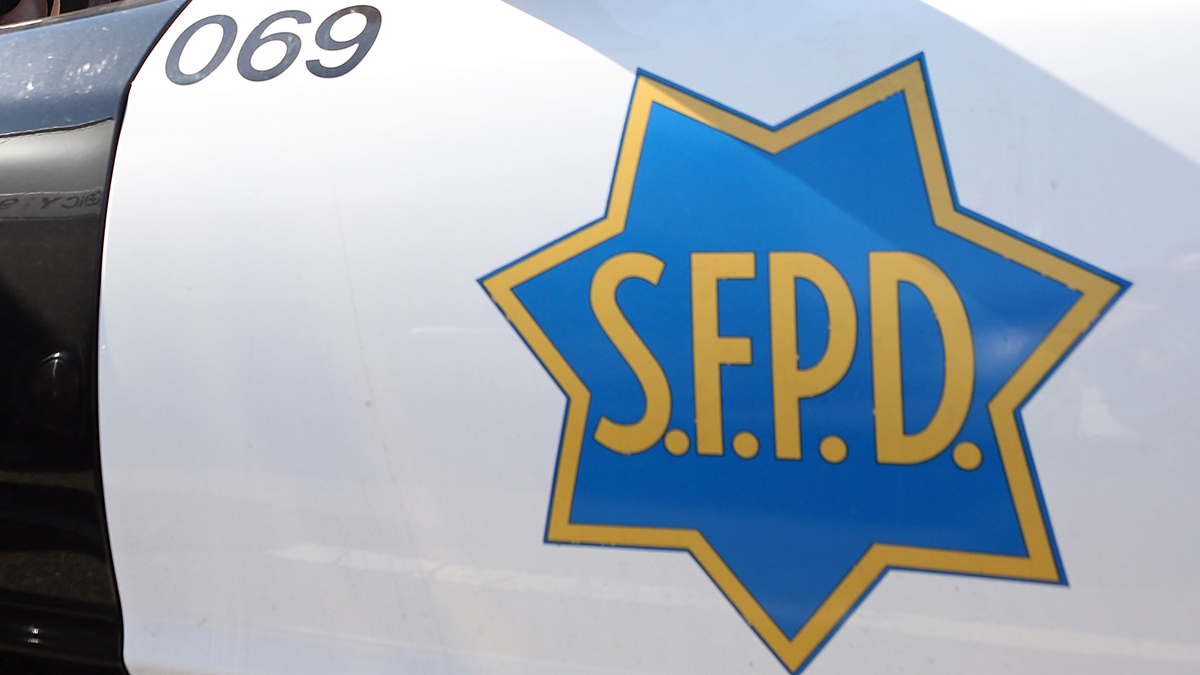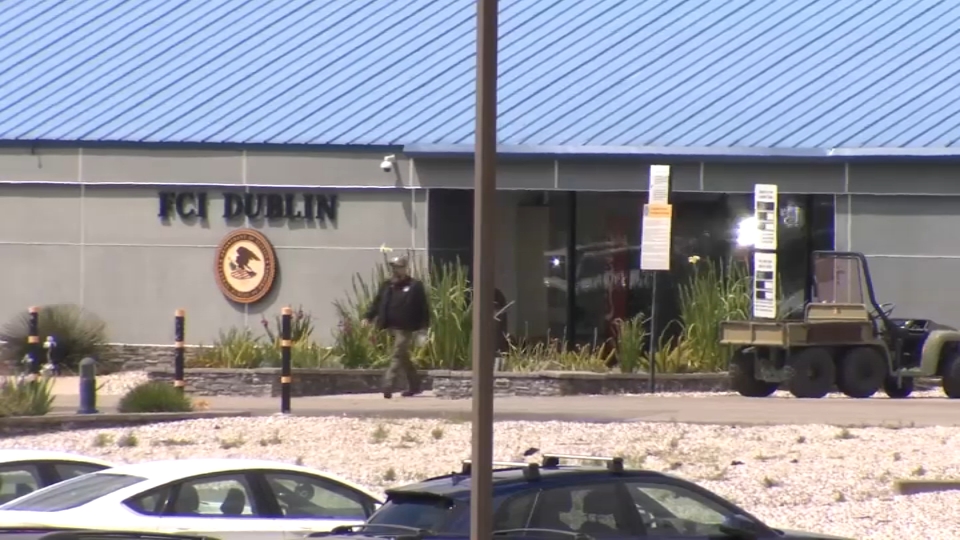BART’s Embarcadero station was an afterthought when the system was being built in the 1960s -- a last minute addition when San Francisco offered to foot the bill with redevelopment money.
Today, it is in this cramped space where BART’s 100 mile system strains to the breaking point, with as many as 28,000 commuters getting off trains during the 8 a.m. rush hour. BART is struggling under the load.
“The station is literally full,” said Randy Rentschler, spokesman for the Metropolitan Transportation Commission. “They simply can’t put any more people on that platform, it’s literally not safe to put another train there and unload it.”
BART riders here are well aware, Rentschler says, “how tight it is…how hard it is to get out of the station. This is true in an operational way for BART because they can only run so many trains to the Embarcadero station.”
Meanwhile, on-time performance is lagging and operators face a $10 billion maintenance burden to rebuild the aging system.
The space crunch here is made worse by problematic escalators. They were engineered for indoor use and reliability has been an issue as the station strains to deal with the crowds.
Ironically, other measures to improve performance – such as new trains with three doors instead of two like the old fleet – could put more pressure on the Embarcadero. Long-time BART board member Tom Radulovich said it is not clear whether the station is ready for the new cars.
“You are running more people in the trains, can they get up and exit the station?’’ he asked. “Do we have that vertical circulation, what we call it, the stair cases, elevators, escalators” needed to effective get people off the platform?
BART’s Operations Manager Paul Oversier says system engineers are working on the problem. They plan to add an elevator – allowing the station’s three escalators to work in unison to handle the crush. In the long term, he said, the idea is to put in doors on the edge of the platform. That way, crowds can come closer the train without the risk anyone will fall onto the tracks.
Local
Meanwhile, he said, the train system itself is still hamstrung by the bottleneck in the Transbay Tube, where operators have no way to reroute trains around problems between West Oakland and Daly City.
“There’s a saying that when BART goes down, it goes down big,” according to Oversier. Because of the system the design issue, he said, a ten minute delay at the Embarcadero in rush hour could cause 20 to 30 late trains.
The pressure on the bottleneck in the Transbay Tube is one reason trains are late more often, he said. On-time performance was about 94 percent four years ago, but today Oversier says it has sunk to 88 percent.
“Our on-time rate has dropped significantly in the last three or four years,” he said. There are lots of reasons. The train doors are failing under heavy stress and police and fire calls trigger still more uncontrollable delays. No matter the reason, Oversier does not see any relief soon.
“The system operates on edge right now – let’s just be honest about it,” he said in a recent interview at BART’S underground never center. “Between trying to run a train every two and a half minutes and the number of people that are packed onto those trains, there’s just no margin for error.”
BART has hopes that a new train control system will allow more trains to operate safely on the tracks. Reliability could also improve with a planned $2.5 billion electrical system overhaul. And the new trains expected next year, each three doors, will operate more efficiently.
Oversier says at this point, the best he can hope for is to “stop the bleeding.”
Fundamental projects that would mark a sea change in operations, would require “huge investments.”
It would take billions of dollars to build a second Transbay Tube, or put in a long dreamed for second San Francisco line. It would also cost billions to ease the bottleneck in Oakland where trains converge from four different lines to enter one track each way across the Bay.
Such efforts, Oversier said, would be “much more significant and take decades to come to fruition.”
Mike Healy, a longtime spokesman for BART who recently finished a book on the birth of the system, said such costs would pale to the original system cost of just $1 billion when it opened in 1972.
“When you go back and look at what it cost to build BART, back in 1972, it was probably the best bargain the Bay Area every made,” Healy said. “If you tried to replace BART today it would be more like $40 billion.”
Healy says for all its troubles now, BART remains a “great system. Yes it has problems. But every system has problems, every great system has problems.”
BART has surpassed the wildest aspirations of its creators, he says. “BART has actually gone way beyond the original dream…It is carrying more people-- do you realize it carried billions of people over the years? Millions and billions of passenger miles.
“Where would they have been otherwise? They’d been on the road somewhere.”



